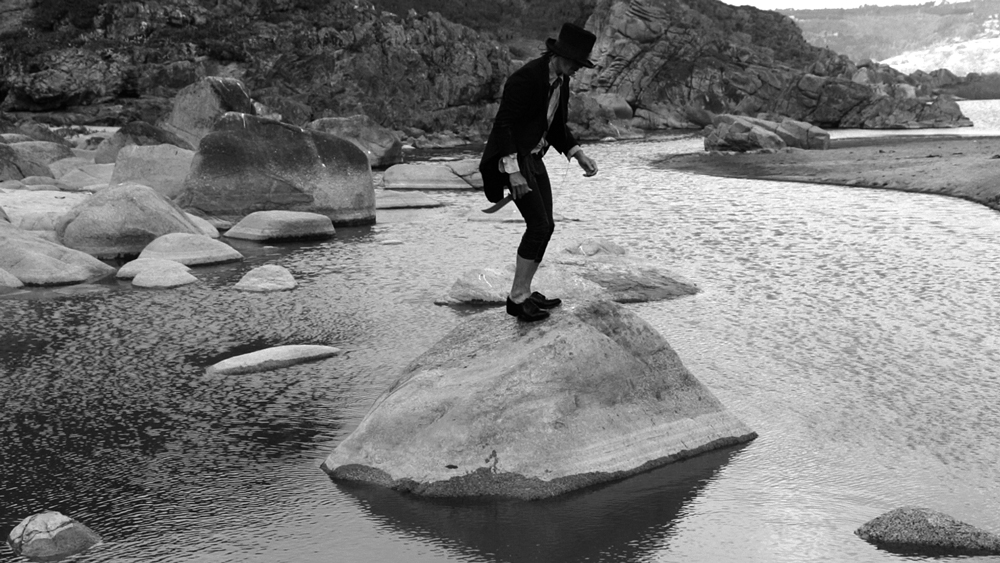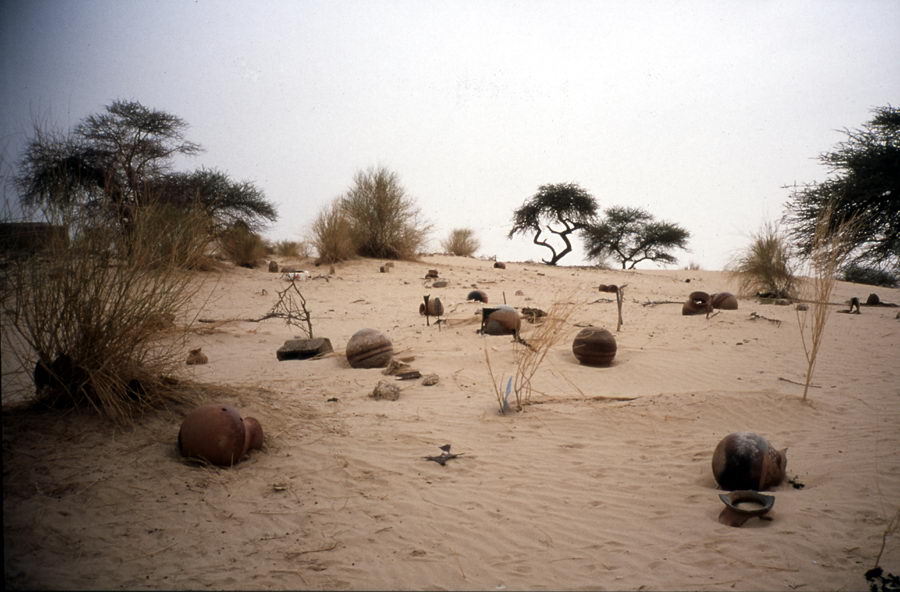Study for a Recycling Device
2005
11.8Hx 31.5W x 7D inches
Pedro Reyes
In Reyes’s words, “We should be able to extract the technological nutrients before we excrete our waste. There is a missing organ in our social metabolism which would work as a stomach or intestines. The Recyclone is a device made of plastic containers that fit into each other. (The plastic boxes are the equivalent to the ‘vellum,’ which are the tiny hairs that stick out from the intestinal wall to absorb nutrients). The permutation of this plastic bins could be customized to satisfy anyone’s recycling needs.” This work offers the possibility of a more visually appealing and adaptable recycling mechanism, assisting in the conscientious extraction of reusable material from industrial products.
Pedro Reyes’s works traverse the worlds of art, film, architecture, design, social criticism, and pedagogy. Educated as an architect, Reyes draws on this training to engage with utopian aspirations and the ongoing legacy of Modernism, often focusing on issues of scale and space while questioning pressing social issues through the incitement of individual or collective interaction. Although only a few of his works are directly located within the practice of building, almost all involve some kind of construction, whether they are objects, models, interiors, or social spaces. Reyes also makes use of strategies developed for communication or education, as well as everyday humor, to engage his audiences. Many of his works either allow large-scale public engagement or suggest a possible use: weapons turned to shovels, multilevel parks in old modernist buildings, and small spherical rooms. Like many avant-garde thinkers of the past, Reyes constructs new forms of architecture necessary for new ways of life.
Colors:
Related works featuring themes of: » Social Action, » Mexico, » Violence, » Political, » Contemporary Conceptualism, » Sound Art, » Antiquity as Subject, » Chance, » Contemporary Diy, » Mexican

© » KADIST
Yoshua Okón
2009Canned Laughter was Okón’s response to an invitation from Ciudad Juárez , Mexico, where artists were asked to create works based on their experience of the city...

© » KADIST
Abraham Cruzvillegas
2004Wright Imperial Hotel (2004) is a sort of bow and arrow made out of feathers, a São Paulo phone book, and other materials...

© » KADIST
Harrell Fletcher
2005The American War , which takes its title from the Vietnamese term for what Americans call the Vietnam War, has toured the United States extensively with the goal of presenting a Vietnamese perspective of that history...

© » KADIST
Carlos Amorales
2014Carlos Amorales, based in Mexico City, works in many media and combinations thereof, including video, drawing, painting, photography, installation, animation, and performance...

© » KADIST
Erick Beltran
2010In his posters, prints, and installations, Erick Beltrán employs the language and tools of graphic design, linguistics, typography, and variations in alphabetical forms across cultures; he is specifically interested in how language and meaning form structures that can be misconstrued as universal...

© » KADIST
Mario Garcia Torres
2010In Up All Night, Waiting for the Chelsea Hotel Magic to Spark My Creativity Mario García Torres constructs and documents a hypothetical scene, situating himself within a lineage of artists and creatives that used to congregate at the historic hotel...

© » KADIST
Adrian Villar Rojas
2010The two drawings in the Kadist Collection are part of a larger series entitled Las Mariposas Eternas (The Eternal Butterflies)...

© » KADIST
Mario Garcia Torres
2005Mario Garcia Torres films a game of Charades among professional actors guessing the former North Korean dictator’s favorite Hollywood films...

© » KADIST
Pablo Rasgado
2011Pablo Rasgado’s paintings and installations serve as a visual record of contemporary urban human behavior...

© » KADIST
Gabriel Orozco
1992Gabriel Orozco often documents found situations in the natural or urban landscape...

© » KADIST
Gabriel Orozco
2002Gabriel Orozco comments: “In the exhibition [Documenta 11, Kassel, 2002], I tried to connect with the photographs I took in Mali in July...

© » KADIST
Julio Cesar Morales
2008The video Interrupted Passage presents a performance Morales staged in the former home of Mariano Guadalupe Vallejo, a mid-nineteenth-century Mexican general serving in California...








